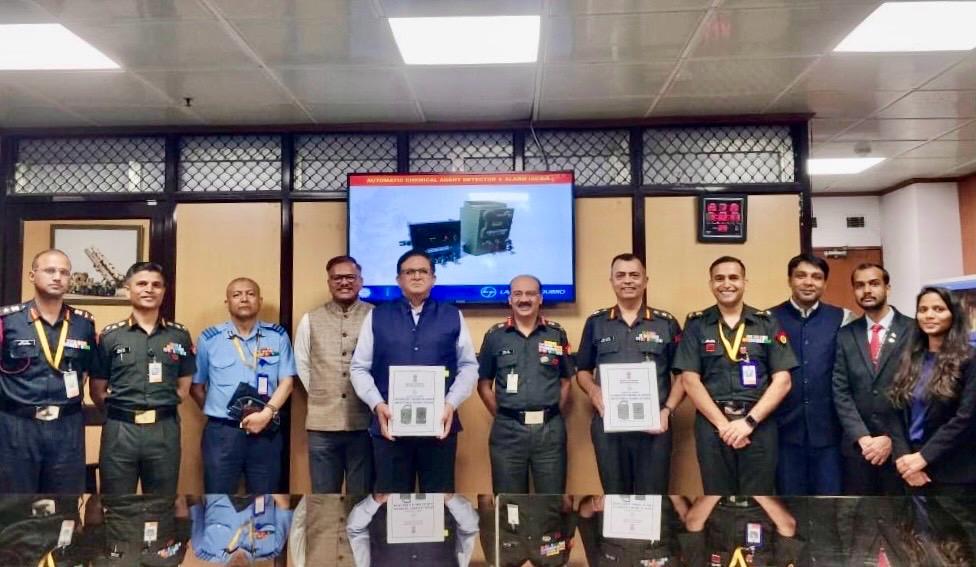
Indian Army Enhances CBRN Defense with Indigenous ACADA Systems
The Indian Army has taken a significant step to bolster its Chemical, Biological, Radiological, and Nuclear (CBRN) defense capabilities by procuring 223 Automatic Chemical Agent Detection and Alarm (ACADA) systems. This acquisition, formalized on February 25, 2025, involves a contract worth ₹80.43 crore with Larsen & Toubro (L&T) Limited under the ‘Buy Indian (IDDM)’ category, emphasizing the government’s commitment to self-reliance in defense manufacturing.
Indigenous Development of ACADA Systems
The ACADA system, designed and developed by the Defence Research and Development Establishment (DRDE) in Gwalior, represents a milestone in India’s indigenization efforts within the specialized CBRN sector. Notably, over 80% of the components and subsystems of this equipment are sourced locally, aligning with the ‘Atmanirbhar Bharat’ initiative to promote self-sufficiency in defense production.
Advanced Chemical Detection Capabilities
Operating on the principle of Ion Mobility Spectrometry (IMS), the ACADA system is equipped with dual highly sensitive IMS cells that enable continuous detection and simultaneous monitoring of harmful chemical warfare agents (CWAs) and programmed toxic industrial chemicals (TICs) by sampling ambient air. This advanced capability ensures that the Indian Army can promptly identify and respond to chemical threats, thereby enhancing operational readiness and troop safety.
Strategic Implications for National Defense
The induction of ACADA systems into field units is poised to significantly enhance the Indian Army’s defensive posture against CBRN threats during both military operations and peacetime scenarios. Beyond battlefield applications, these systems are crucial for disaster relief operations, particularly in responding to industrial accidents involving hazardous chemical releases. This procurement underscores India’s strategic focus on strengthening its defense infrastructure through indigenous solutions, reducing dependency on foreign technology, and fostering domestic innovation in critical defense technologies.


















